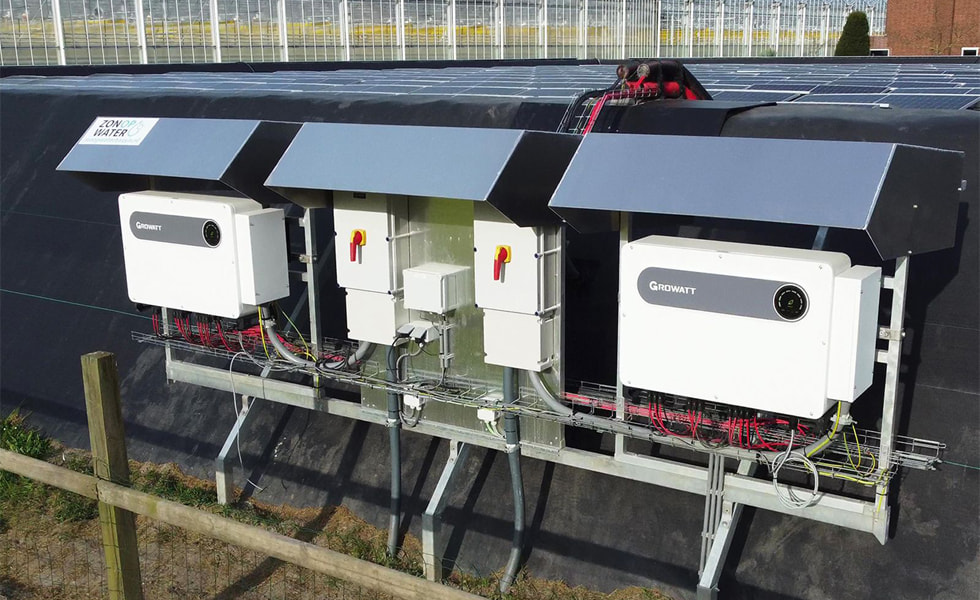
Solar power is the most opted source, with many homesteads, offices, and institutions moving towards solar energy. It is the cheapest of all renewable energy sources.
What happens when your solar panel produces more power than you need? The solar power harnessed by the PV panels is in DC. With most appliances using alternating current, having a PV inverter to convert power from DC to AC is necessary. You inject it into the electrical grid for consumption elsewhere with the help of a on grid PV inverter.
What is a on grid PV Inverter?
A on grid PV inverter is specific to solar PV energy. A grid-tied PV inverter is a device that converts the direct current into alternating current. The converted power can be used in the house appliances or ejected into the electrical grid. You can use a grid-tied inverter between the local power generators and the power grid.
To ensure safety and effectiveness when injecting electrical power into the grid, a on grid solar inverter should accurately match the phase and voltage of the sine wave alternating current waveform in the power grid. Some electricity corporations pay for the electrical power you inject into the grid, meaning you may get some cash monthly by supplying the power.
Difference Between Grid-Tie And Regular Inverter
Grid-tied Inverters
Grid-tied PV inverters connect your home and supplement the electrical grid in case of surplus power generation. The inverter delivers power to your home appliances directly from the solar panel when the solar energy is available for use. It switches back to grid power in case there is insufficient solar energy.
Grid-tied PV inverters work side by side with the mains to deliver energy to your home wherever needed. They have processing intelligence, enabling them to know when power delivery is necessary and when it is not. They also sync grid power with power delivery.
Regular Or Off-Grid Inverters
Regular inverters cannot synchronize with the grid. Instead of working with the grid power, they only connect to the appliance in your house. They function alone.
The off-grid inverter draws the power from a battery, converts it from direct current, and outputs alternating current. Regular inverters have to supply the power they convert from DC to AC instantly to the appliance. The energy must quickly react, be over, and up to the inverter’s capacity rating.
You can have a regular inverter for generating a grid and use a Grid-tied inverter to run all or most power in a hybrid solar system. An off-grid design is used when a solar panel is situated more than 20m from the battery. You can also use it if the power demand is immense during the day when there is a lot of sunlight. It is a way to use the most efficient solar power.
Why Grid-Tied Inverter Is Best For Solar Panels?
Inverters have several exciting features that make them the best for solar panels. Using solar energy is vital in reducing global warming and the greenhouse effect. Grid-tied PV inverters have an added functionality besides converting the solar energy from AC to DC.
A grid-tied inverter converts the constantly varying DC solar power and feeds it into the grid. It synchronizes the frequency and the output voltage to its connected grid. When solar energy increases, the inverter output increases too, injecting into the grid. Since some electricity companies pay for the extra power, you can get monthly checks or municipal subsidies.
If solar energy is insufficient, a grid-tied PV inverter switches and starts drawing power from the grid into your home. It acts as a power backup in case solar energy is inadequate. It ensures there is a seamless power supply at your home. Grid-tied inverters are multi-functional and work energetically and powerfully.
